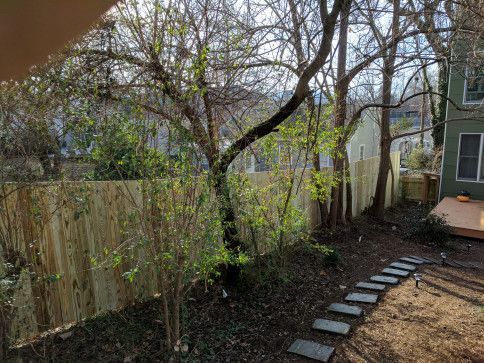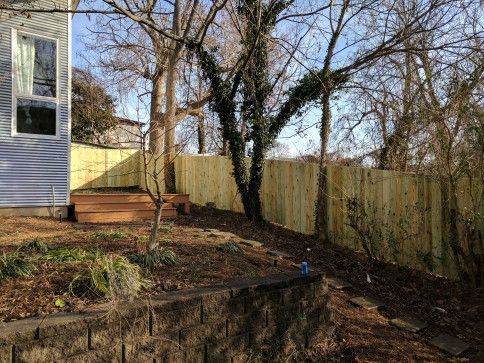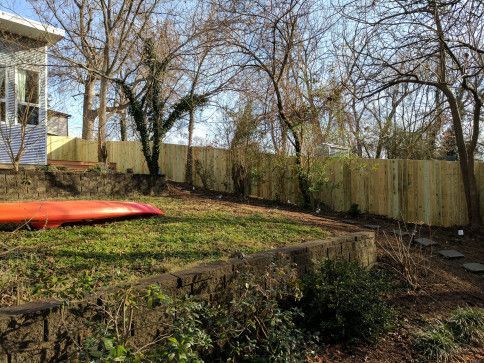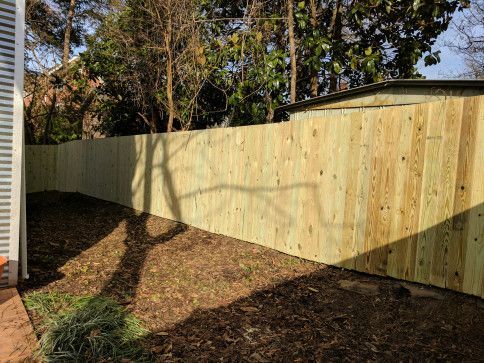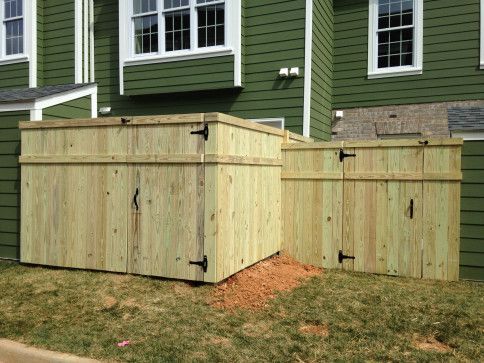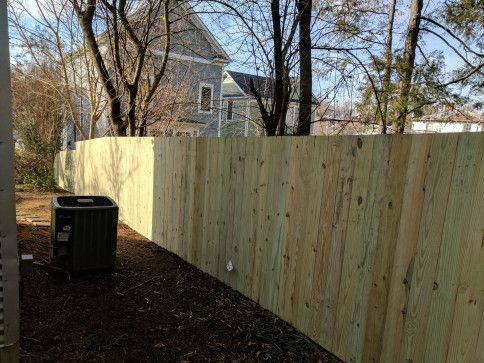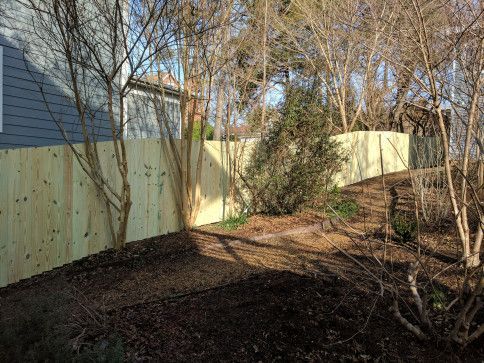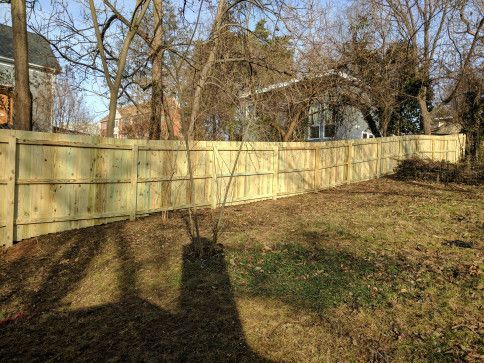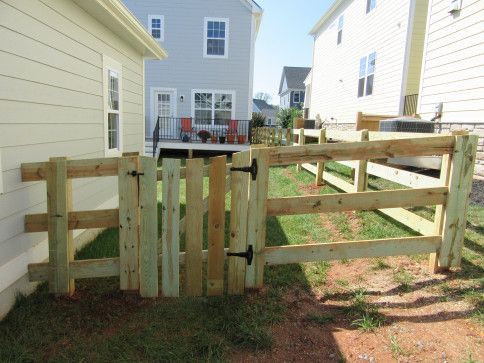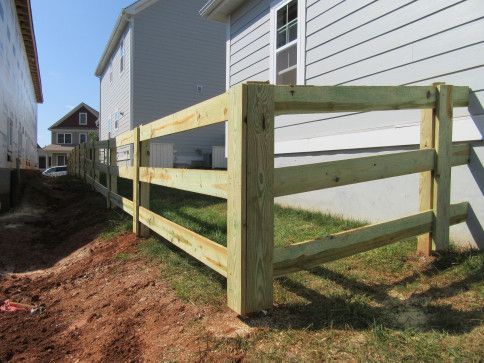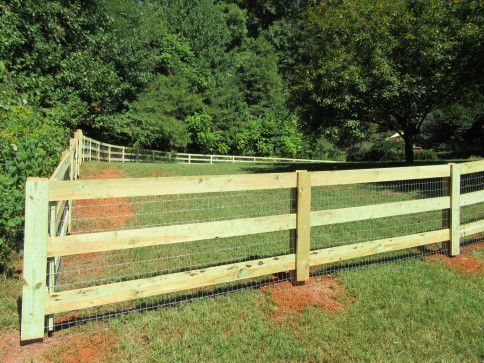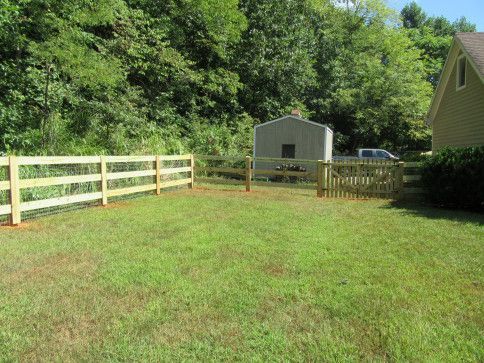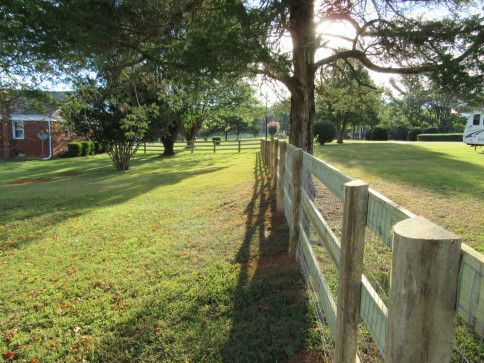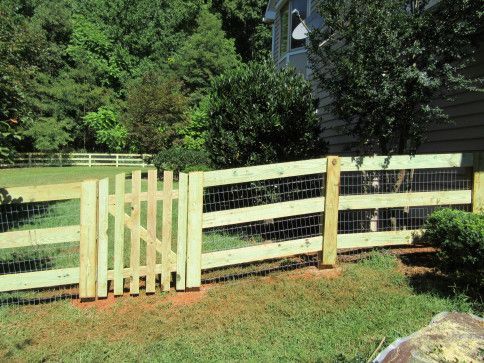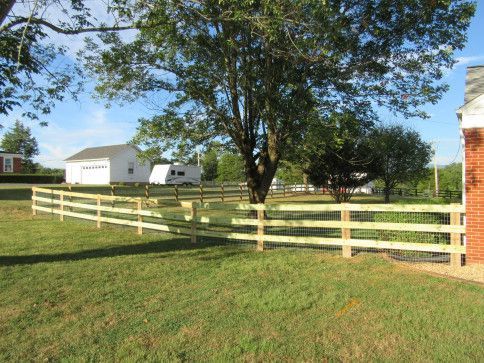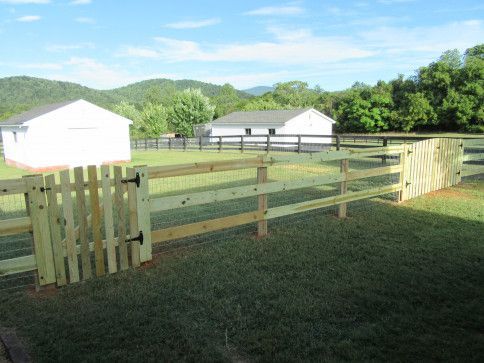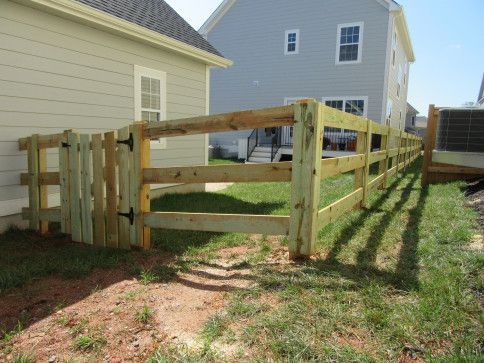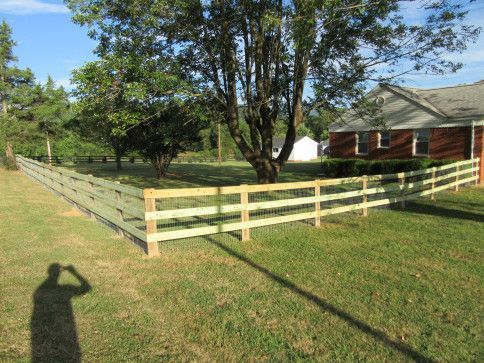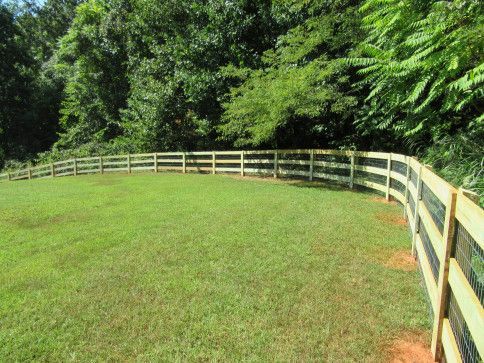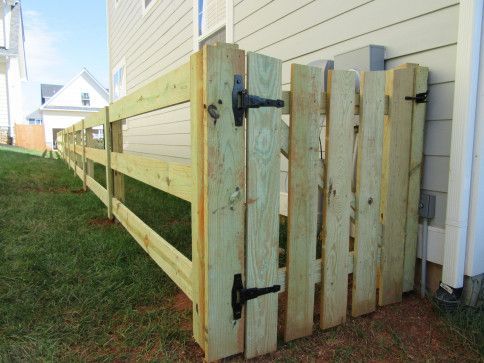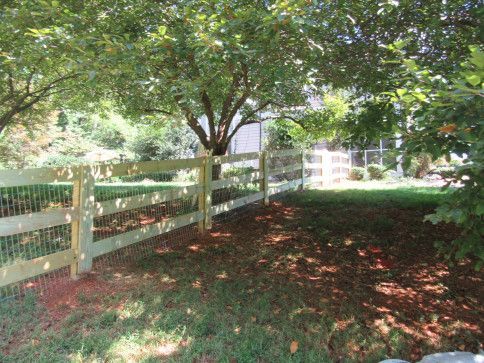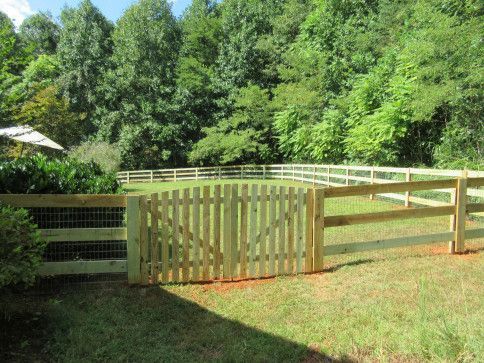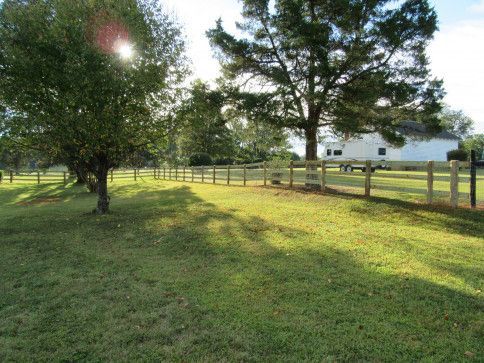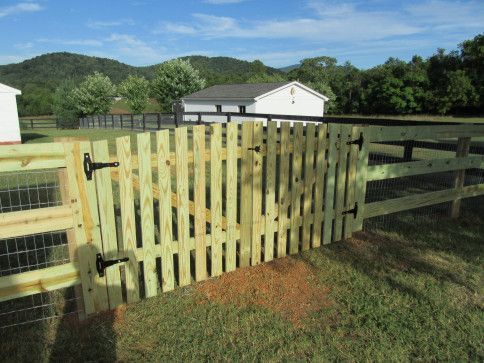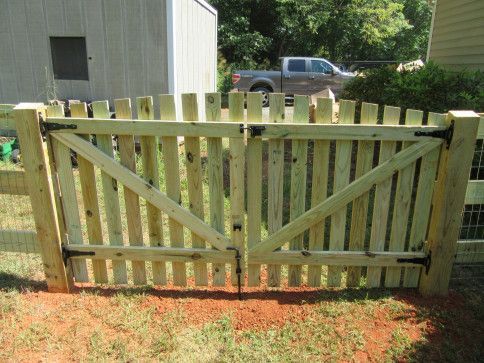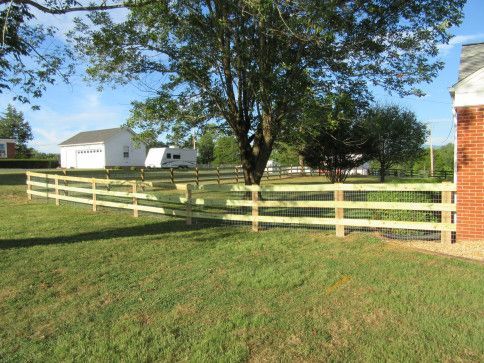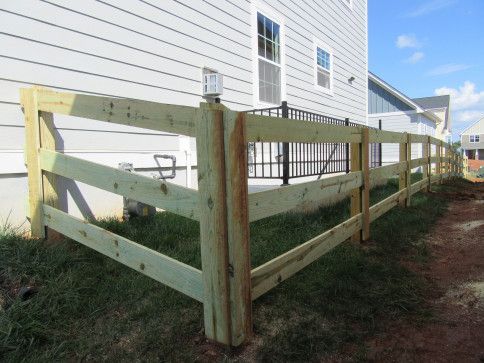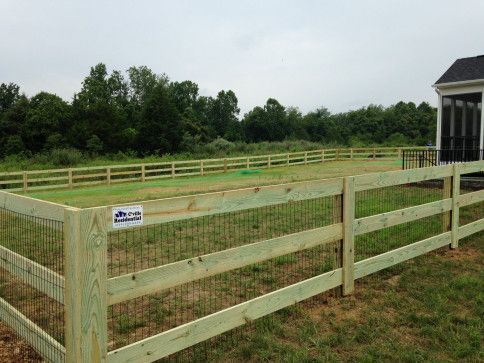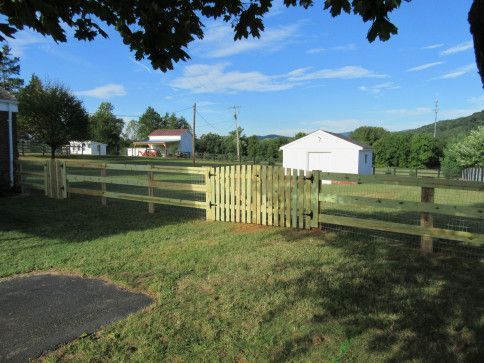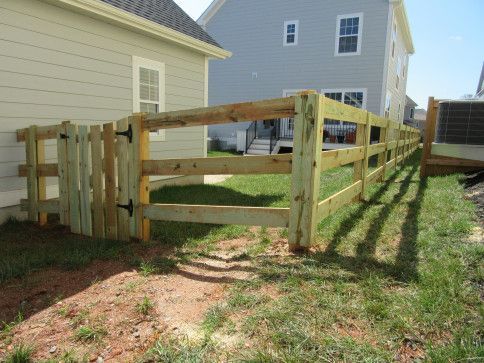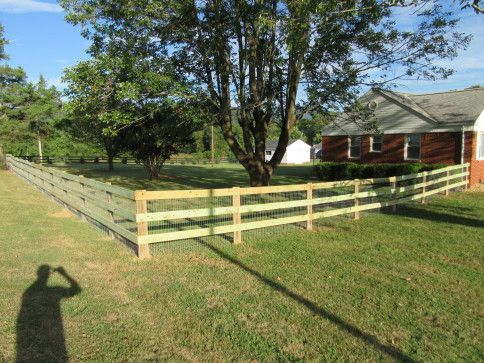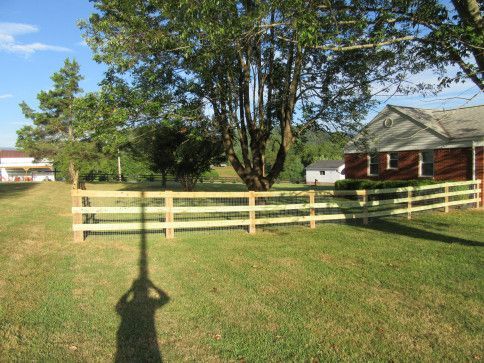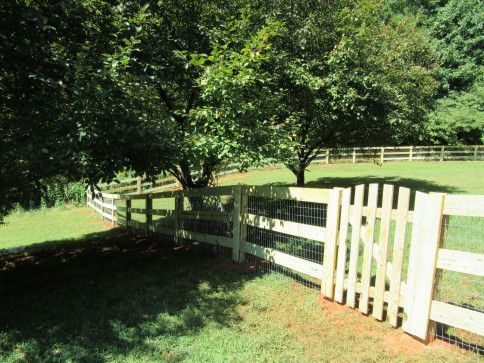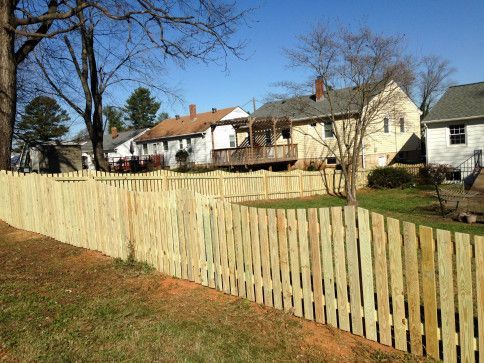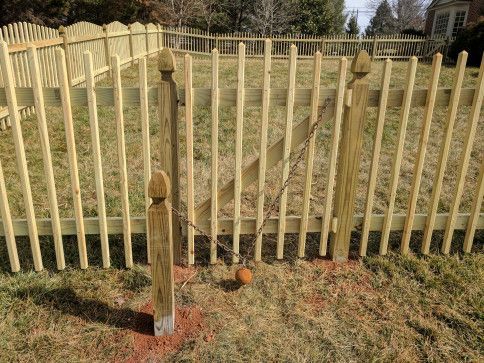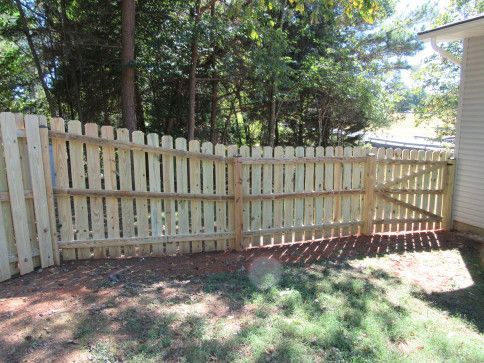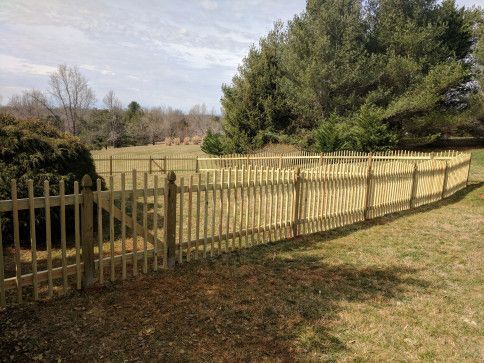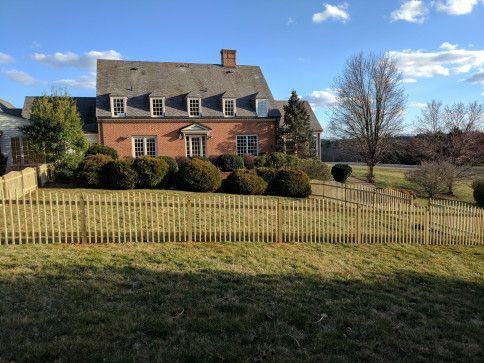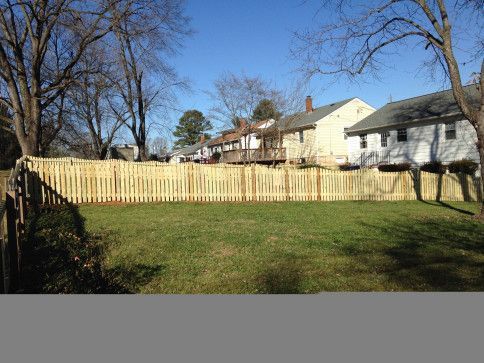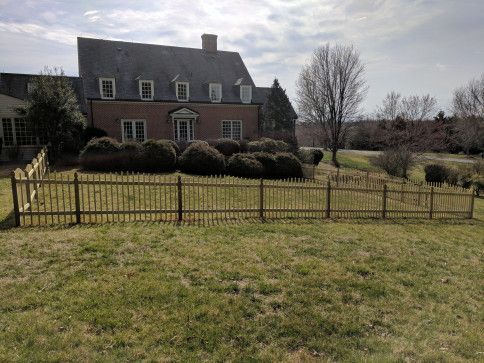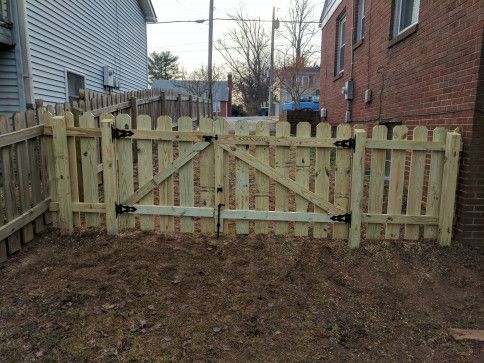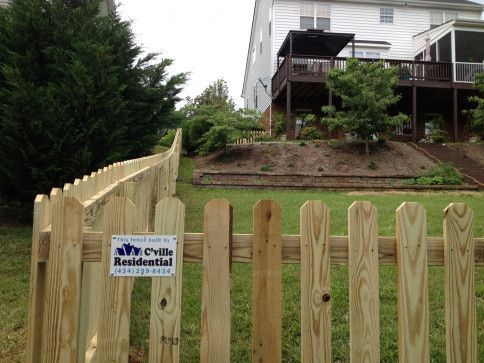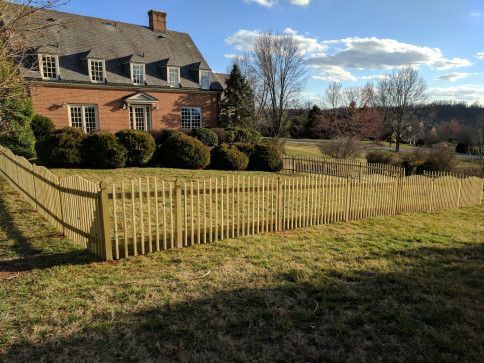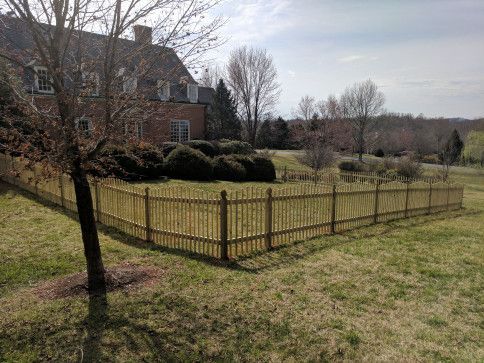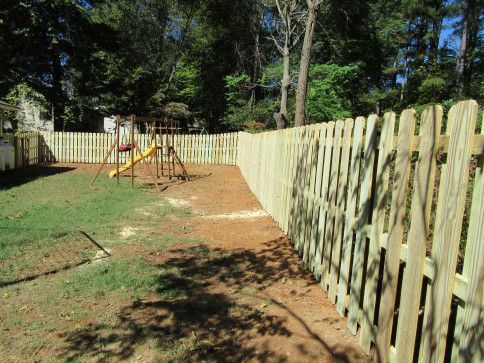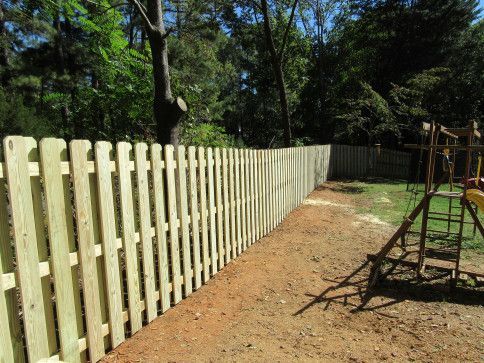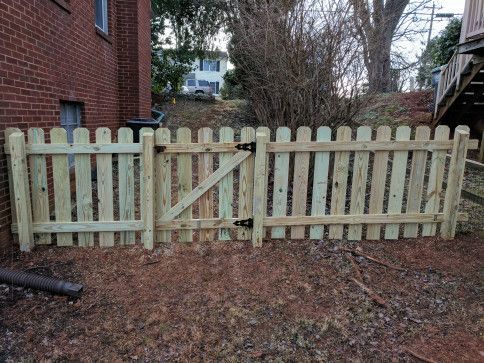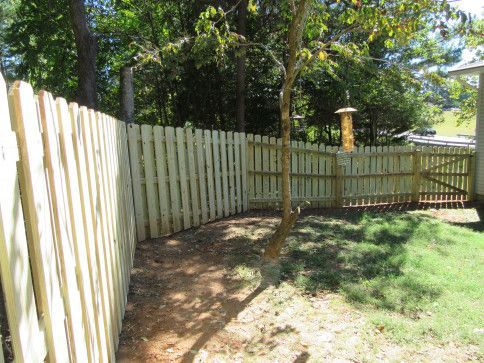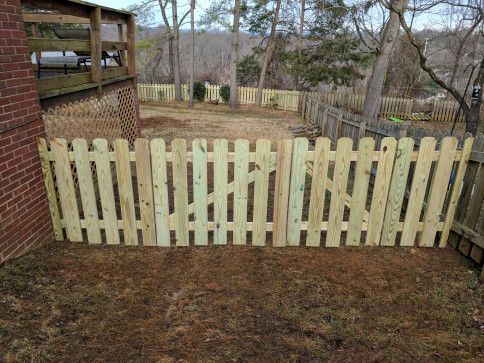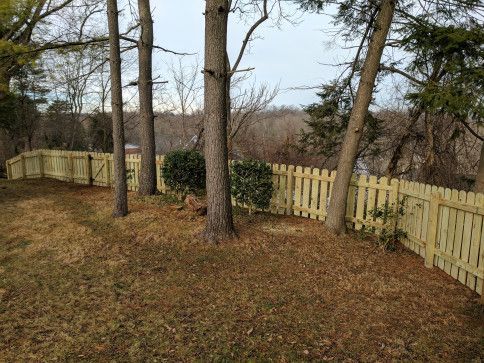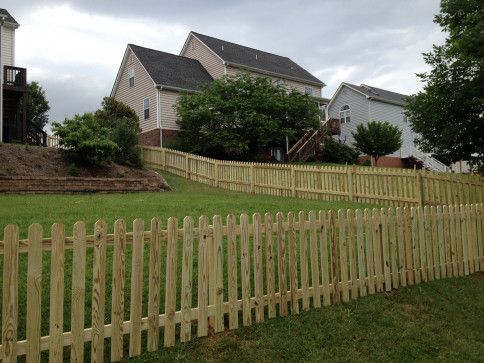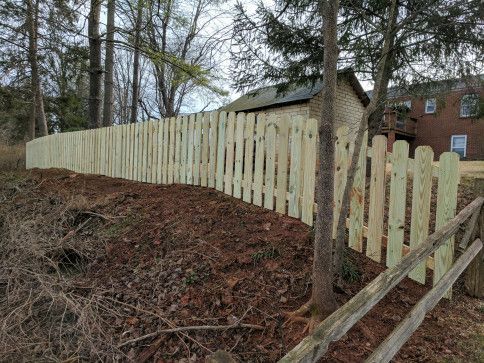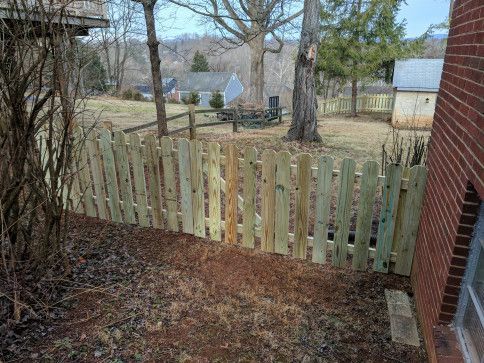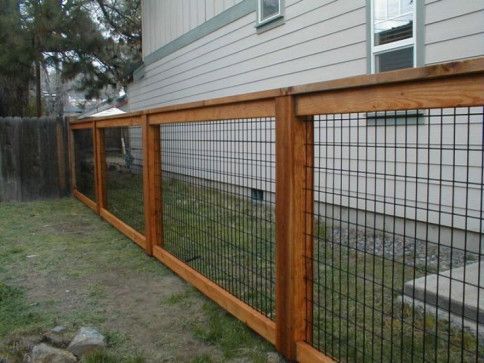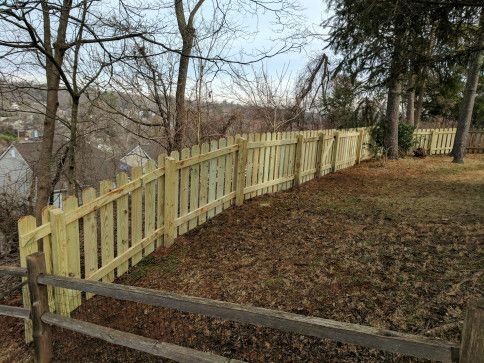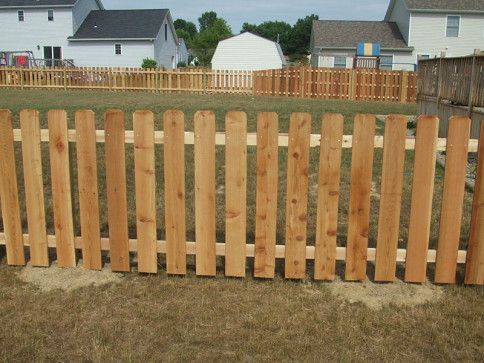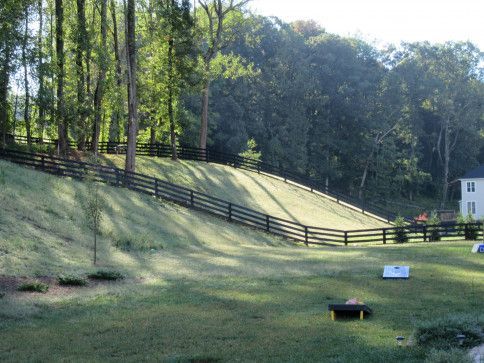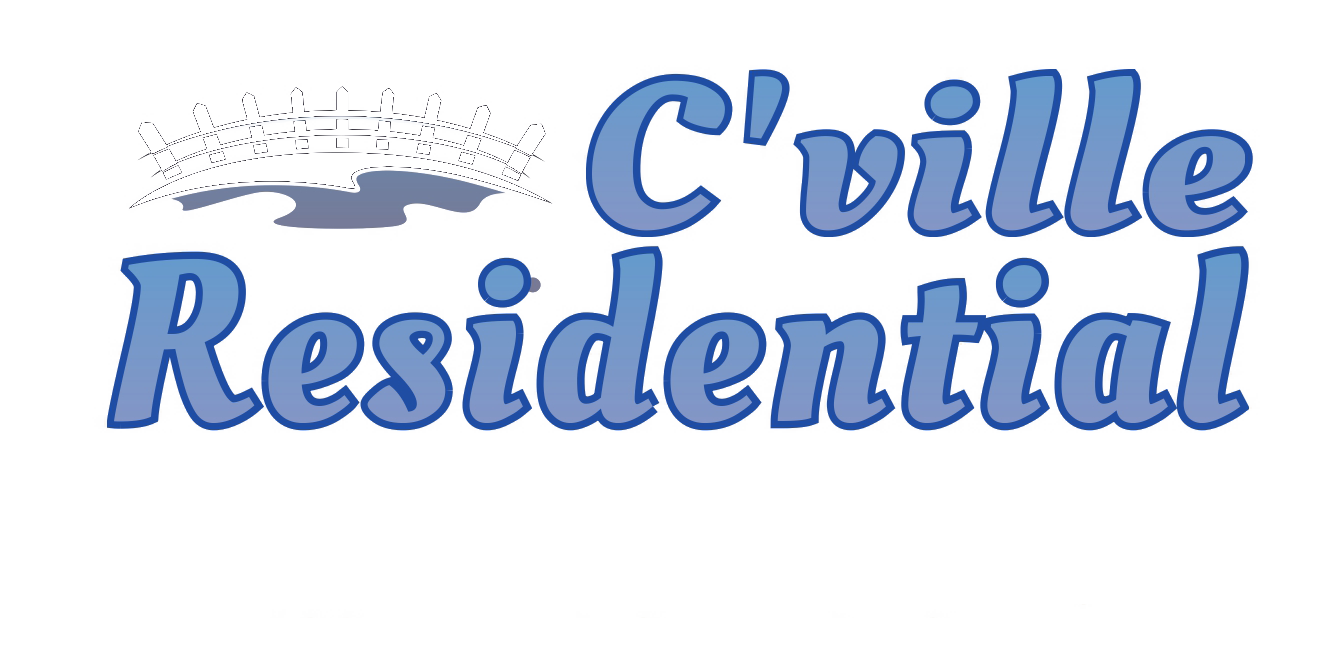Service:
Custom Wood Fences
At C'ville Residential, we pride ourselves in our extensive styles and options of wood fence. Wood fencing provides a natural and rustic look to complement your home. Our sales team can offer you many selections to choose from to accommodate your privacy, semi-privacy, and decorative needs. We put safety and environmental awareness first. All of our lumber meets and/or exceeds industry standards, as well as conforms to the latest EPA requirements. Whether you prefer the rich, untreated look of Cedar, or the durable, pressure-treated ACQ lumber, C'ville Residential can accommodate all of your wood fencing needs and our fences are built to last. We provide services in Charlottesville, Albemarle and the surrounding areas.
C'ville Residential offers a comprehensive selection of wood fences such as Custom Wood, Under & Over Scallop, Picket, Privacy with Custom Accent, Shadow Box, Solid Privacy, Rail Fence, Gothic Picket, and Pointed Picket Dog-Ear.
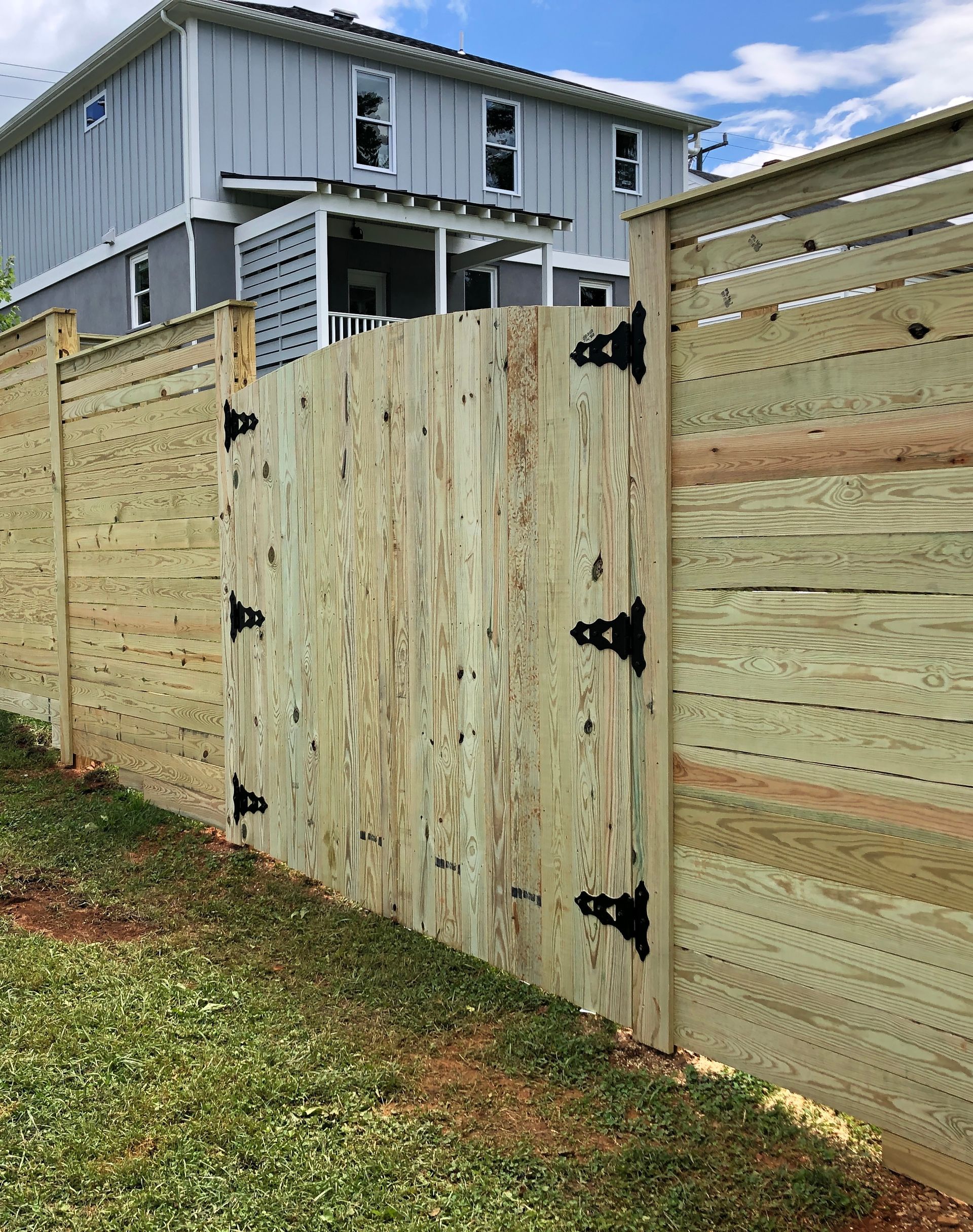
The Benefits of Wood Fencing
- Defines Territory
- Gain Privacy
- Keep your pets and children safe
- Block wind and noise
- Greater Safety
- Deterrent for Theft and Robbery
- Can add to the beauty of your home
Why a Wood Fence?
It's a light weight material, easy to maintain, and can be easily shaped to add to the appealing appearance of your home that creates a uniqueness. There are so many styles to choose from as listed above. You can then stain or paint the wood to your preference.
Type of Wood
Pressure Treated Pine- Pine wood that has been chemically treated to resist rot, decay, and insect infestations. This process involves impregnating the wood with preservative chemicals under high pressure, making it more durable for outdoor applications like decks, fences, and structural projects. Southern Yellow Pine is a preferred species for this process due to its cellular structure, which allows for deep penetration of preservatives.
